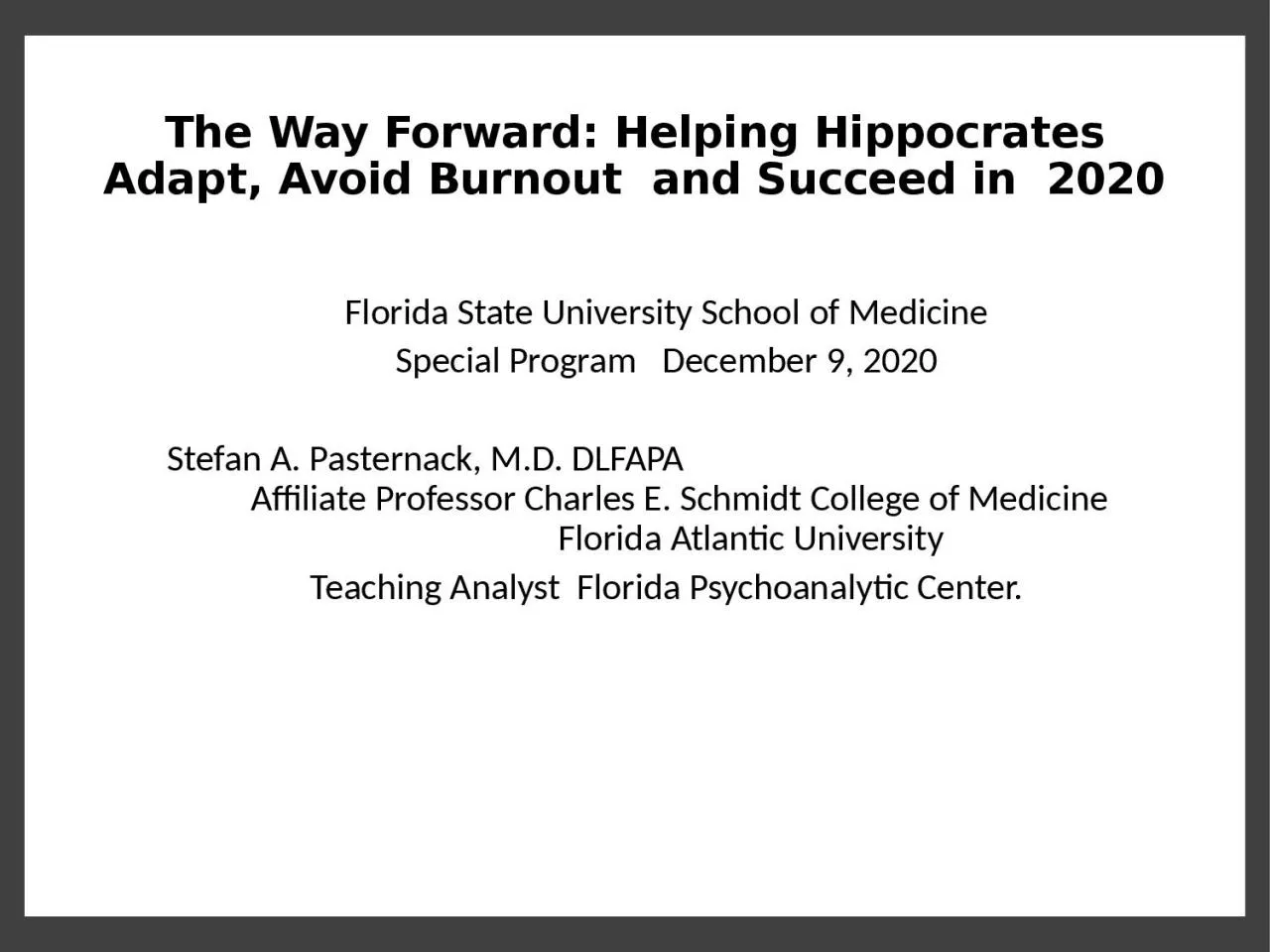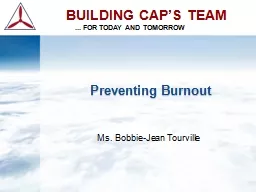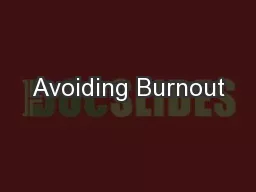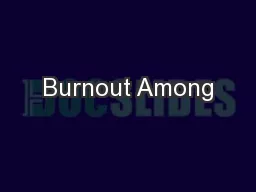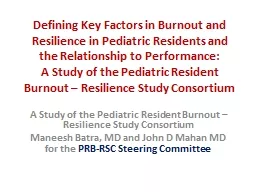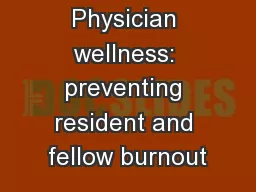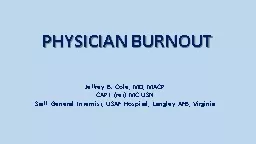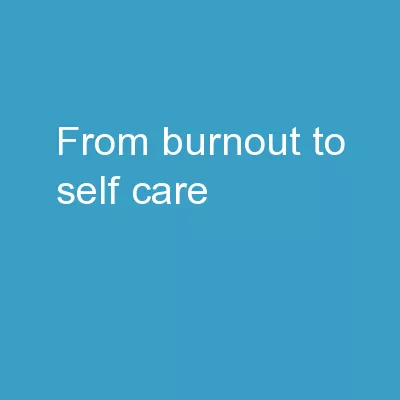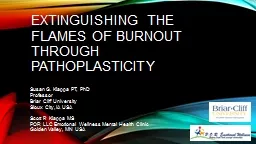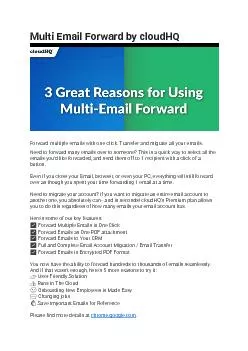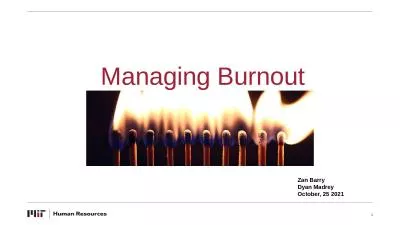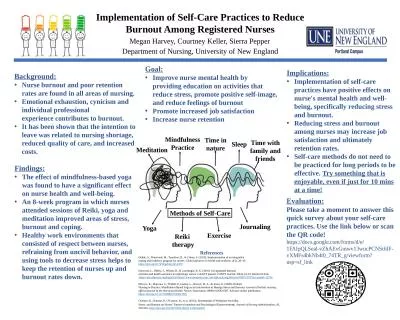PPT-The Way Forward: Helping Hippocrates Adapt, Avoid Burnout and Succeed in 2020
Author : dorothy | Published Date : 2022-06-28
Florida State University School of Medicine Special Program December 9 2020 Stefan A Pasternack MD DLFAPA Affiliate Professor Charles E Schmidt College of Medicine
Presentation Embed Code
Download Presentation
Download Presentation The PPT/PDF document "The Way Forward: Helping Hippocrates Ada..." is the property of its rightful owner. Permission is granted to download and print the materials on this website for personal, non-commercial use only, and to display it on your personal computer provided you do not modify the materials and that you retain all copyright notices contained in the materials. By downloading content from our website, you accept the terms of this agreement.
The Way Forward: Helping Hippocrates Adapt, Avoid Burnout and Succeed in 2020: Transcript
Download Rules Of Document
"The Way Forward: Helping Hippocrates Adapt, Avoid Burnout and Succeed in 2020"The content belongs to its owner. You may download and print it for personal use, without modification, and keep all copyright notices. By downloading, you agree to these terms.
Related Documents

